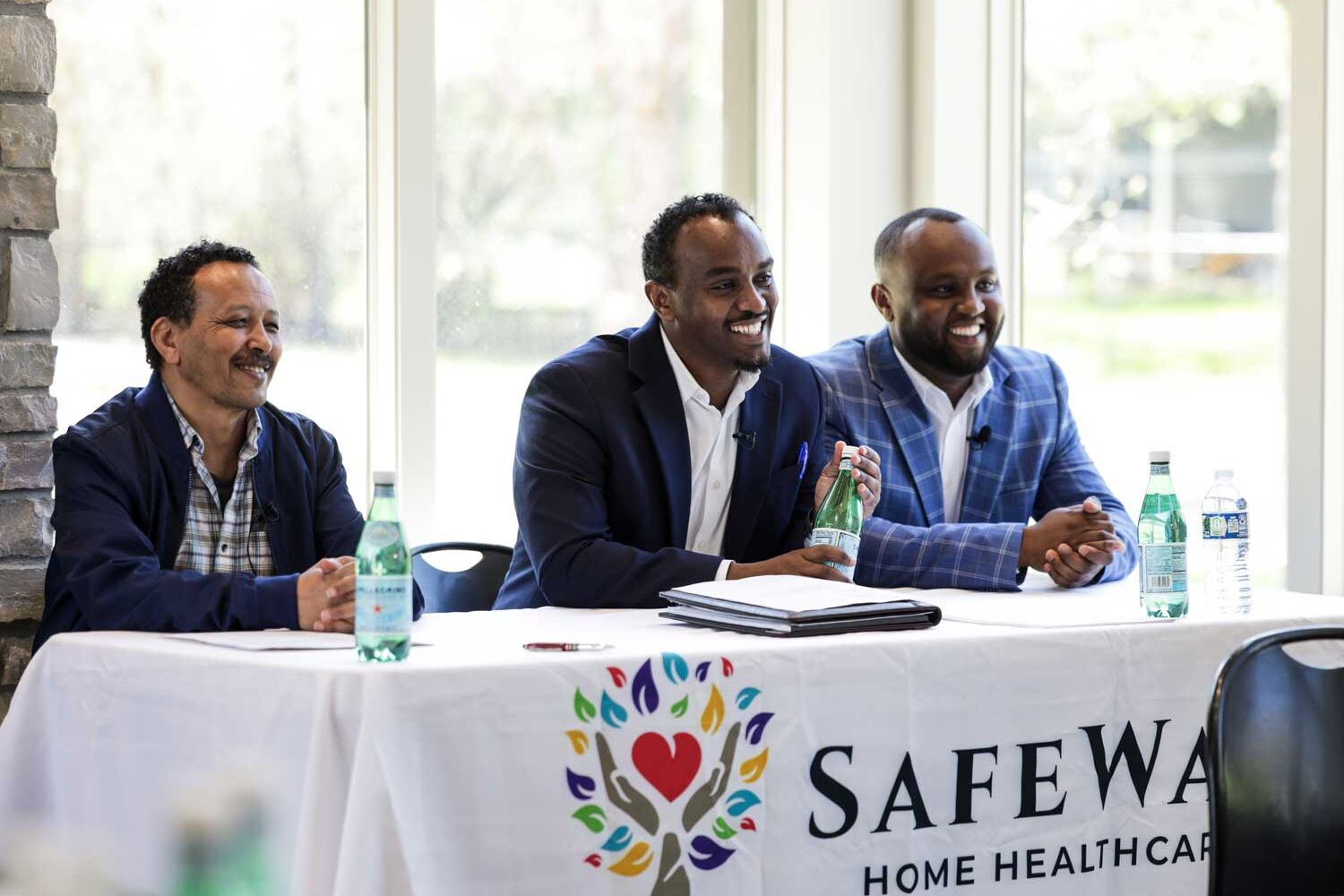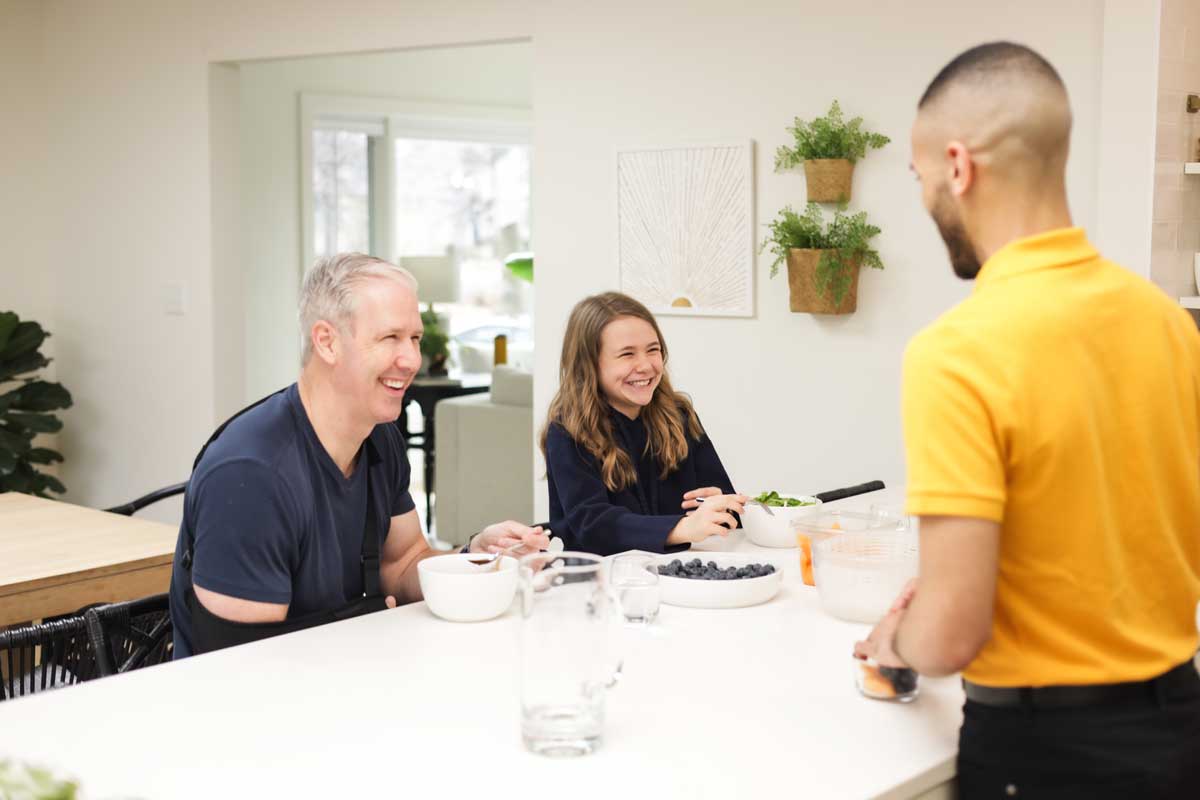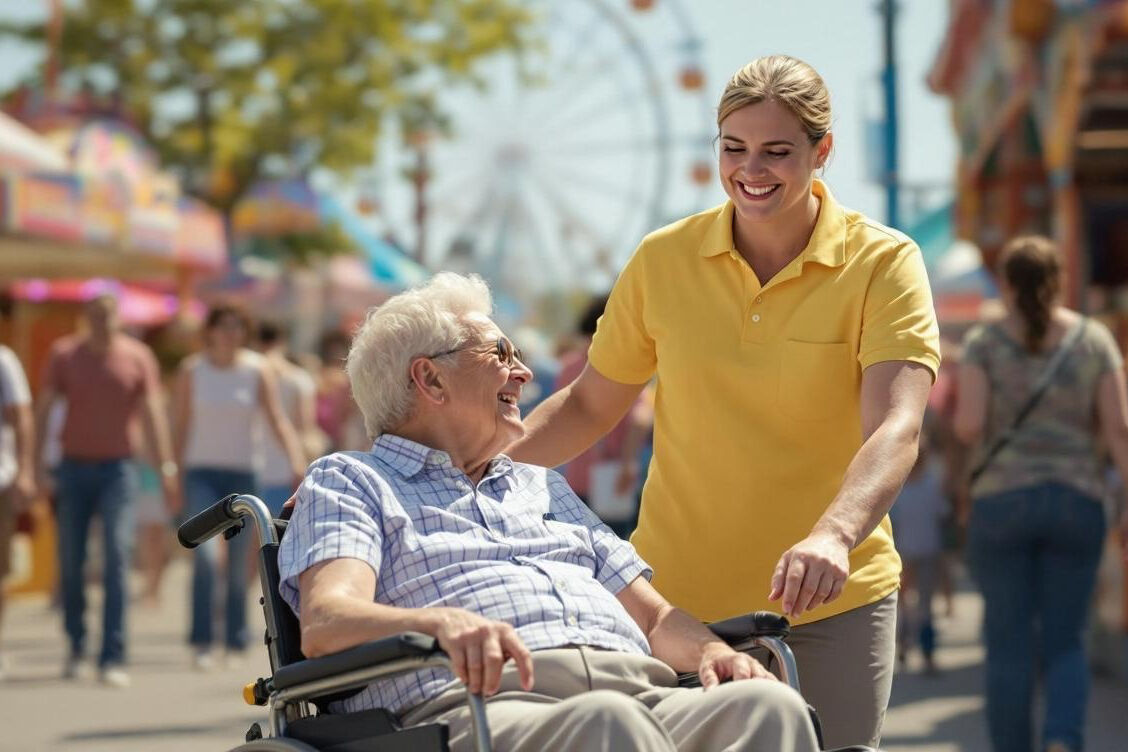One of the great things about living in Minnesota, aside from the four distinct seasons and the good cheer of our neighbors, is that we have world-class healthcare right here at home. The Mayo Clinic, based in Rochester, is often considered the gold standard in medical care.
The Mayo Clinic recently published a brief list of suggestions for aging at home safely and independently. While helpful as a starting point, real-world aging often calls for more practical, day-to-day adjustments. Below, we expand on their high-level guidance with deeper insight and examples from lived experience, including what we’ve learned through our work supporting older adults in their homes.
1. Home Maintenance
Mayo says: Keep up with regular chores and maintenance
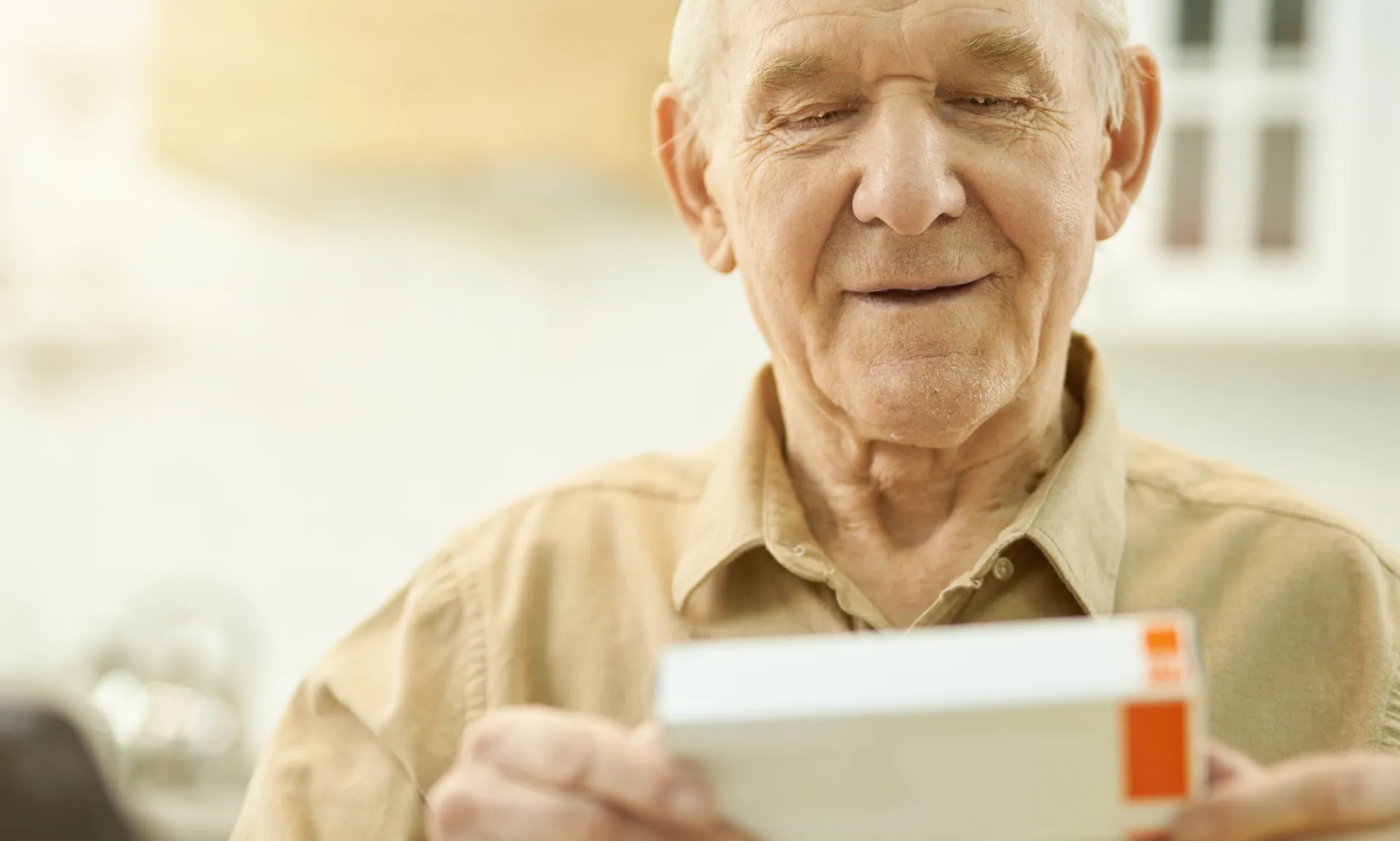
We say: Go a step further, create an intentional system. Keep what matters most easily accessible, label or store seasonal items out of the way, and consider quarterly decluttering to stay ahead of what can quickly become overwhelming. A clean and well-organized home also greatly reduces the risk of falls.
2. Transportation
Mayo says: Sometimes giving up driving is necessary for safety.

We say: Plan ahead before that moment arrives. Losing the ability to drive doesn’t mean losing independence, it just means reimagining mobility. Whether it’s a weekly rideshare setup, a family rotation, or an agency that offers transport, the key is retaining access to the world, not just staying safe on the roads.
3. Social Isolation
Mayo says: Stay connected to others.
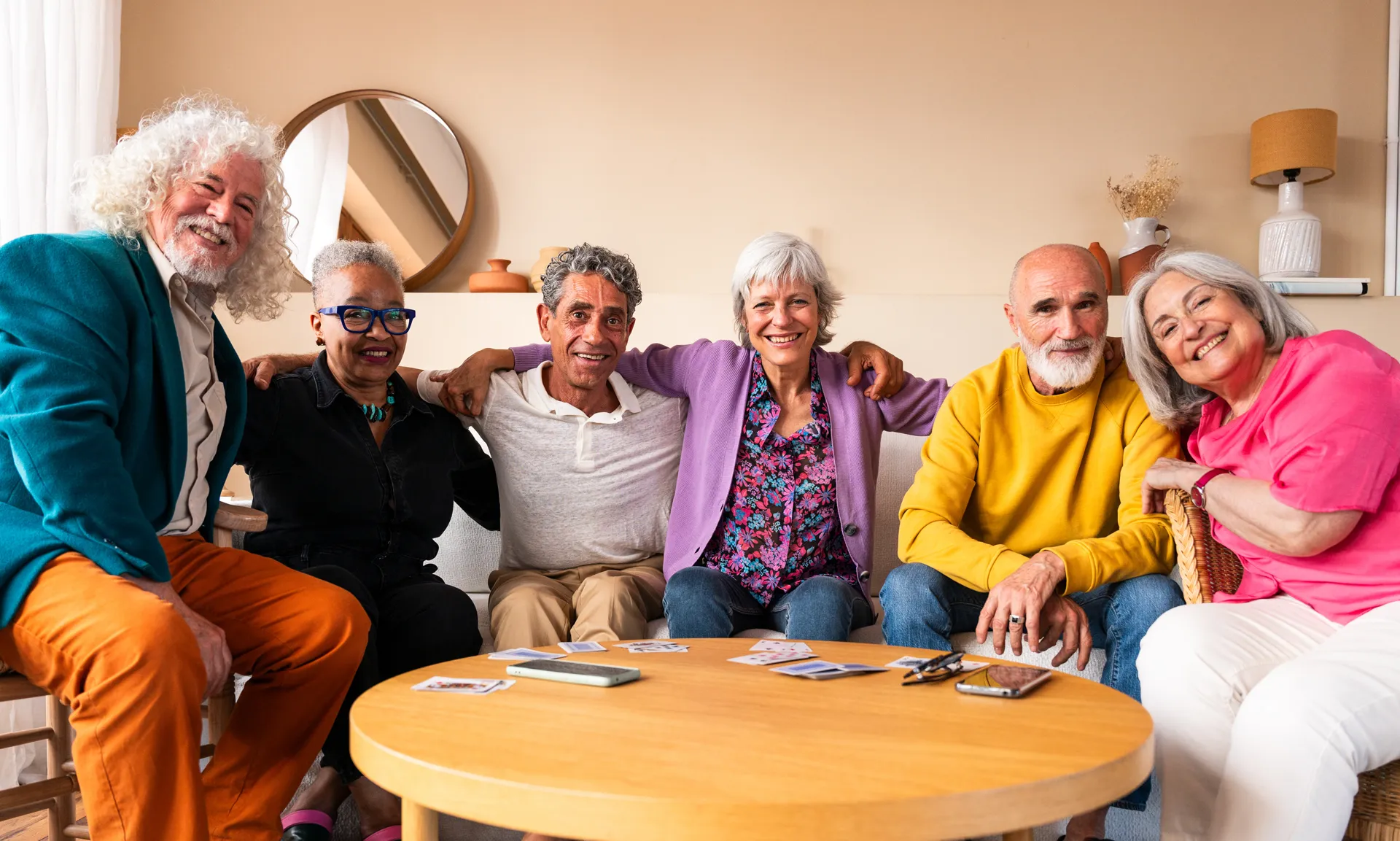
We say: Design a system that brings connection to you. That could mean regularly scheduled visits, virtual calls, book clubs, faith-based check-ins, or companion services. Social connection isn’t optional, it directly affects cognitive health, emotional well-being, and quality of life.
4. Fall Prevention
Mayo says: Make your home safer.
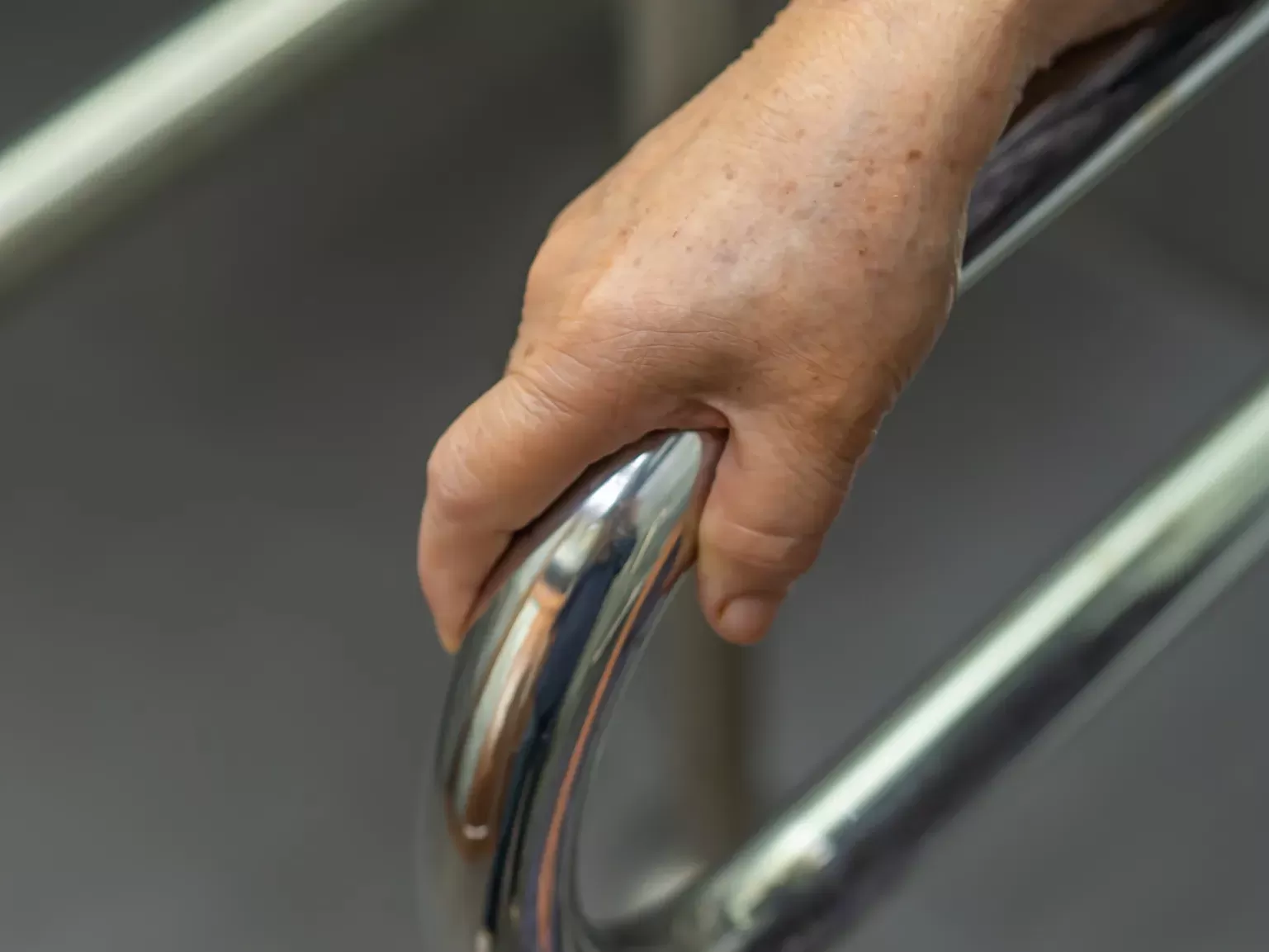
We say: Fall prevention should be built into the home environment and the daily routine. That includes:
• Installing grab bars and railings
• Replacing worn rugs or securing them with tape
• Wearing non-slip shoes or socks
• Arranging furniture to provide natural handholds
• Creating a fall response plan in case something does happen
5. Forgetfulness
Mayo says: Use strategies to manage memory issues.

We say: Make space for safety and dignity. Some forgetfulness is natural, and there are creative ways to reduce frustration:
• Use music or tactile objects to anchor conversations
• Train staff to gently redirect and validate rather than correct
• Post simple routines or reminders where they’re visible
• Avoid overwhelming environments or rapid transitions
6. Room-by-Room Adjustments
Mayo says: Consider the bathroom, bedroom, kitchen, and overall layout.
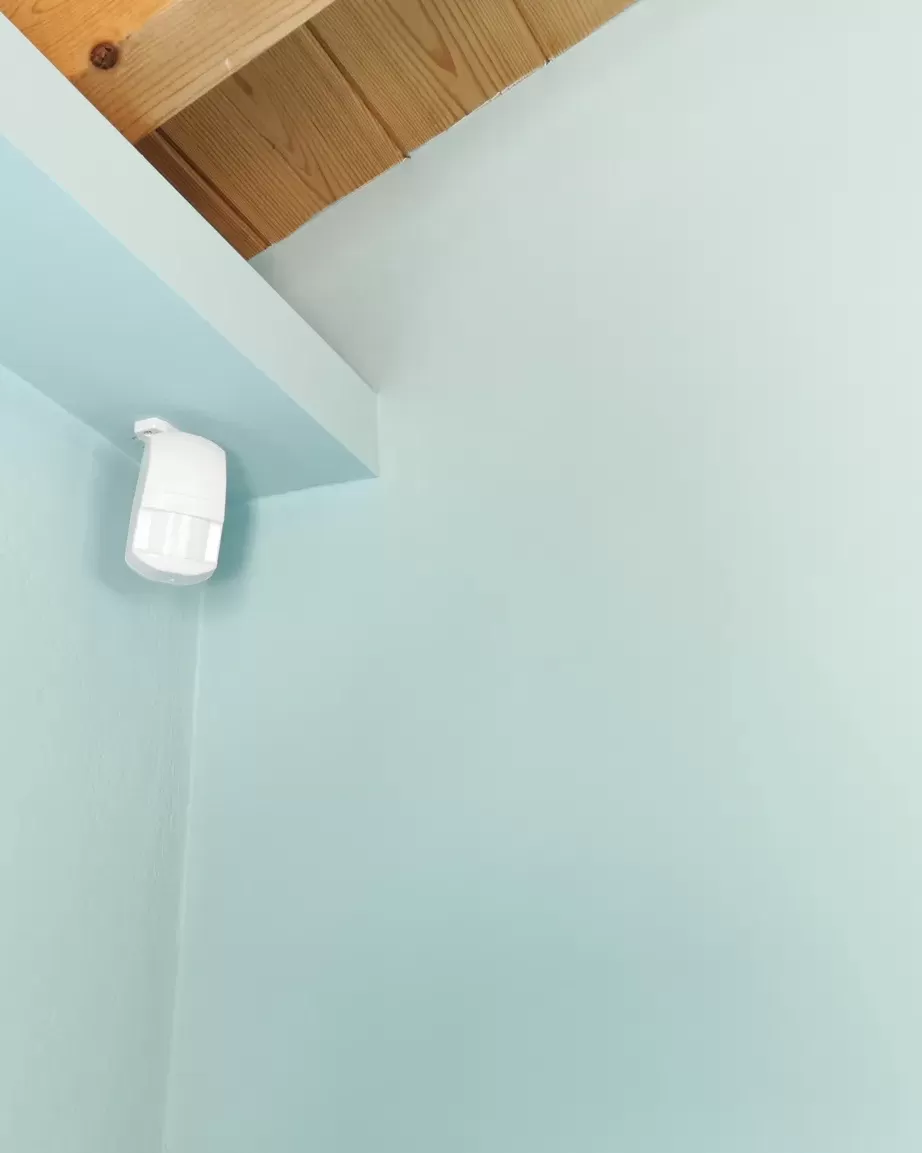
We say: These changes don’t have to be expensive or dramatic, they just have to be intentional:
• Bathroom: Swap out tubs for walk-in showers, add a bench and grab bars
• Bedroom: Move the bed to the main floor to avoid stairs
• Kitchen: Choose appliances with auto shut-off; keep essentials within reach
• Lighting: Add motion-sensor night lights, especially in hallways and bathrooms
• Floors: Use low-pile rugs and smooth transitions between rooms
• Entryways: Adjust thresholds to accommodate walkers or wheelchairs
The Bottom Line
While the Mayo Clinic offers a helpful high-level checklist, it’s the real-life adjustments that make aging at home truly possible.
At Safeway, we’ve taken those concepts and built care models that reflect what people actually need: personalized planning, home safety support, transportation coordination, and social connection that feels natural.
Aging at home shouldn’t feel like a burden, it should feel like a well-supported choice. One with structure, safety, and space for joy.
Share
Subscribe To Our Newsletter
Safeway HHC Contributors
Our dedicated team of home health care professionals works closely with clients and their families to develop a personalized care plan that reflects their values and priorities. We strive to empower our clients to take an active role in their care and to make informed decisions about their health and well-being.
Related News
October 21, 2025
Serving with Compassion: How Safeway’s Outreach Team Uplifts Underserved Communities
Safeway Home Healthcare’s Outreach Department connects Minnesota’s underserved…
August 25, 2025
Navigating Home Care with Confidence: Your Guide to Safeway’s 245D Services
Safeway’s comprehensive guide to 245D home care services in Minnesota helps…
August 4, 2025
The Great Minnesota Get-Together Is Almost Here—Let’s Plan for a Safe, Fun Day Together
Planning a State Fair visit? These 7 accessibility tips help you or your loved…
